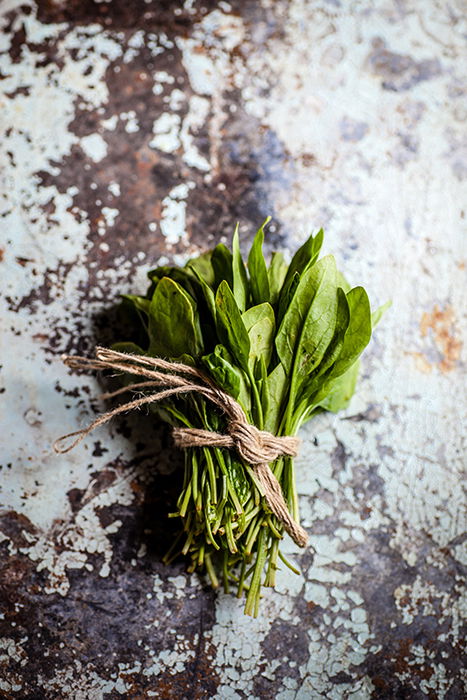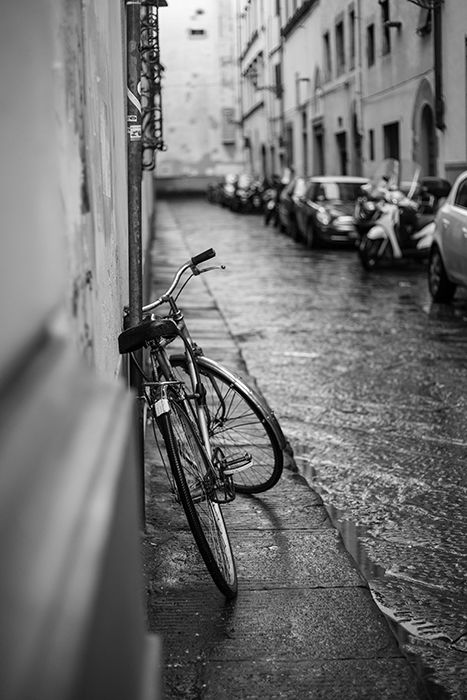Form photography is a genre that’s difficult to define but very crucial to understand.
You can use form in photography to improve all kinds of photos, whether they feature people or inanimate objects.
Here’s how to capture better photos with form.
What Is Form in Photography

Form isn’t something you can define in a few words. But it has a specific feeling that you can learn to detect the more you practise.
In design, form is one of many elements that make art stand out. It creates a line between 2D and 3D.
A photo can’t physically stand out. But it can create a 3D effect with the right kind of light, angles, colors, and depth.
Without the 3D effect, photos look flat and dull. This might work for some photography genres or styles. It’s usually not desirable.
A form photographer’s aim is to make their photos look like they’re as real as the actual objects they’re photographing.
Examples of Form in Photography
The following photos are prime examples of form in photography at its finest. They all feature at least one important element that makes form photography stand out.
Depth

If every detail in your photo was sharp and well-lit, it would look as flat as a simple painting. To avoid this, form photographers use a large aperture. This creates a sense of separation in their photos.
Blur also makes a subject stand out more. Our eyes tend to fall on things that are sharp and vibrant. In the photo above, the droplets stand out because they’re in focus. And because they’re framed by the blurred rose petals surrounding them.
Photos like the one above are appealing to the eyes. And they’re a perfect example of the importance of depth.
Light

Light is one of the most important parts of form photography.
The wrong kind of lighting will make your photos look too harsh or dull.
Imagine the spinach above photographed using direct light. Its shape and texture wouldn’t stand out as much.
The side light (possibly soft window light) creates a balance between highlights and shadows.
This is the perfect way to create form in your own photos.
Color

If your photos are overly colorful or busy, they’ll look unappealing.
One way to solve this problem is to convert your photos to black and white.
Street photographers often shoot in or convert their photos to black & white. This is an effective way to eliminate colorful distractions like cHow to Take Stunning Car Photography and billboards.
Angles

Form photography doesn’t exist without experimentation. You need to look at everyday objects from a unique point of view. Without the right angle, a photo might end up looking lifeless.
If you photographed one staircase, it wouldn’t look as unique as the staircases in the image above. The photographer found a repetitive pattern by experimenting with different angles.
This bird’s eye view is unusual enough to catch your eye. But it’s also recognisable enough to not be abstract. Thanks to the patterns, it’s also pleasant to look at.
How to Use Form in Photography to Improve Your Photos
Now that you’re familiar with form photography theories, you can use them to improve your own photos.
Experiment With Side Light to Emphasise Your Subject’s Shape

For the best results, experiment with golden hour light, soft window light, and side light.
These types of light will emphasise your subject’s shape and textures.
Avoid harsh direct light and don’t shoot in places with few sources of light. You need to have at least some control over your light to take the most effective photos.
Use a Large Aperture to Make Your Subject Stand Out
 When you separate your subject from its background, you’ll create a blur. This will make it seem like your photo has depth.
When you separate your subject from its background, you’ll create a blur. This will make it seem like your photo has depth.
You’ll be better able to highlight the shape of your object. Whether it’s a droplet, a simple object, or a person.
To create depth, use a small f-number (i.e. a large aperture) such as f/1.8. The smaller the number, the blurrier the background will be.
Keep in mind that if your background is too blurry, it’ll look flat. For the best results, make sure some background details are noticeable enough to create depth.
If Your Results Don’t Look Eye-Catching Enough, Convert Them to B&W

Black and white emphasises a photo’s highlights and shadows. It can add depth and emotion to a seemingly empty photo.
This is why you shouldn’t delete your photos immediately. A simple b&w conversion can have surprising results.
You can also desaturate or change certain colors in your image. This will put the spotlight on a specific tone.
If you’re a Lightroom user, you can alter your image’s colors in the HSL panel in Develop mode.
In Photoshop, go to Image > Adjustments > Selective Color.
Shoot from Different Angles to Make Your Photos Look Unique
Let’s use the photo below as an example. If you photographed the girl directly in front of the swing, you wouldn’t be able to emphasise her moving hair and the structure of the swing.
Your results would have less depth.

Choosing a different angle, like the one above, gives you more creative freedom. You can capture more movements, colors, and textures.
Conclusion
Without the right light, angles, and depth, photography would be lifeless and dull.
Thanks to form photography, you can take outstanding photos of anything and everything. All you need is a little imagination and practice!
Why not check out our posts on conceptual photography or fashion photography inspiration next!

